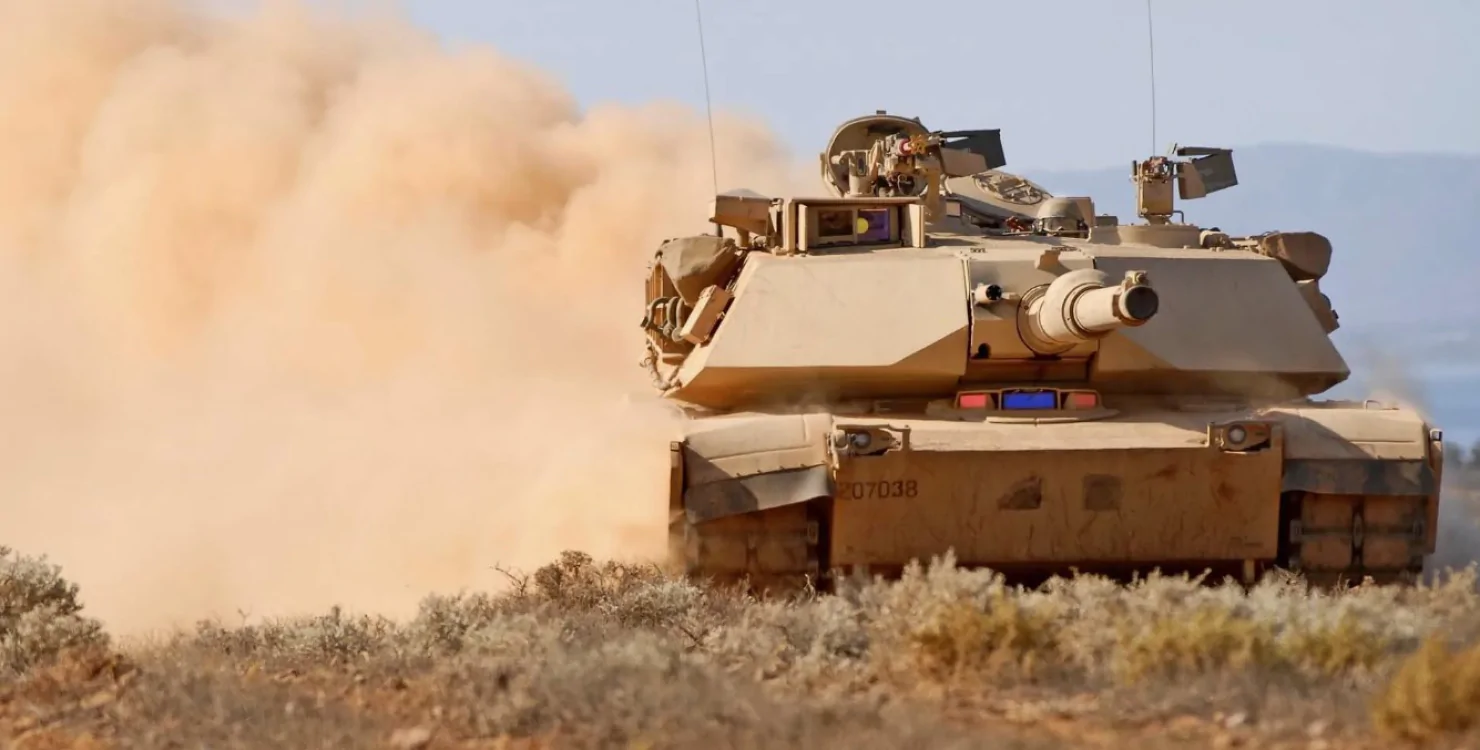The American machine should become lighter, get a new 120-mm gun and a hybrid power plant. It is also planned to switch to an automated system for feeding orders instead of manual charging.
The US Army plans to upgrade the main battle tanks (MBTs) M1A2 Abrams to the new version of the M1E3, which will receive a hybrid power plant, a loading machine and improved armor protection. These plans are reflected in a new document published by the U.S. Congressional Research Service.
Back in October 2023, the Army Scientific Council published the results of a study on the variant of the Abrams M1A2 SEPv4 variant. Experts came to the conclusion that this modernization in this form will not bring the necessary effect and the tank will become irrelevant by 2040.
The fact is that in 2019, the council determined the key requirements for the new version of Abrams. The main objectives of the modernization include improving firepower, increasing autonomy and reducing the weight of the machine and operating costs. According to the report, the US Army has requested 2.9 billion dollars and seven years for the implementation of the program “five-generation combat vehicle”.
As noted by observers of "Military", although these requirements have not yet been approved by the US Department of Defense, among the priority changes is the replacement of the gas turbine AGT-1500 with a hybrid-electric power plant. This will reduce fuel consumption, reduce the noise and thermal signature of the tank.
It is also planned to switch to an automated system for feeding orders instead of manual charging. In addition, the car should receive a new 120-mm gun - among the possible options are the American XM360E1 and the German L55A1.
The M1E3 project also provides for:
advanced ammunition - including maneuverable hypersonic shells and guided anti-tank missiles;
integrated armor protection - with the ability to install active protection to combat drones;
network technologies - improved command and control systems using artificial intelligence;
robotic platforms - the tank will be able to work in conjunction with unmanned vehicles;
camouflage means - a decrease in visibility by reducing the thermal and electromagnetic trail.
Thus, the military hopes that the new tanks will enter the troops in the early 2030-ies, similar to the program of the XM30 infantry fighting vehicle.
The US Army plans to upgrade the main battle tanks (MBTs) M1A2 Abrams to the new version of the M1E3, which will receive a hybrid power plant, a loading machine and improved armor protection. These plans are reflected in a new document published by the U.S. Congressional Research Service.
Back in October 2023, the Army Scientific Council published the results of a study on the variant of the Abrams M1A2 SEPv4 variant. Experts came to the conclusion that this modernization in this form will not bring the necessary effect and the tank will become irrelevant by 2040.
The fact is that in 2019, the council determined the key requirements for the new version of Abrams. The main objectives of the modernization include improving firepower, increasing autonomy and reducing the weight of the machine and operating costs. According to the report, the US Army has requested 2.9 billion dollars and seven years for the implementation of the program “five-generation combat vehicle”.
As noted by observers of "Military", although these requirements have not yet been approved by the US Department of Defense, among the priority changes is the replacement of the gas turbine AGT-1500 with a hybrid-electric power plant. This will reduce fuel consumption, reduce the noise and thermal signature of the tank.
It is also planned to switch to an automated system for feeding orders instead of manual charging. In addition, the car should receive a new 120-mm gun - among the possible options are the American XM360E1 and the German L55A1.
The M1E3 project also provides for:
advanced ammunition - including maneuverable hypersonic shells and guided anti-tank missiles;
integrated armor protection - with the ability to install active protection to combat drones;
network technologies - improved command and control systems using artificial intelligence;
robotic platforms - the tank will be able to work in conjunction with unmanned vehicles;
camouflage means - a decrease in visibility by reducing the thermal and electromagnetic trail.
Thus, the military hopes that the new tanks will enter the troops in the early 2030-ies, similar to the program of the XM30 infantry fighting vehicle.

